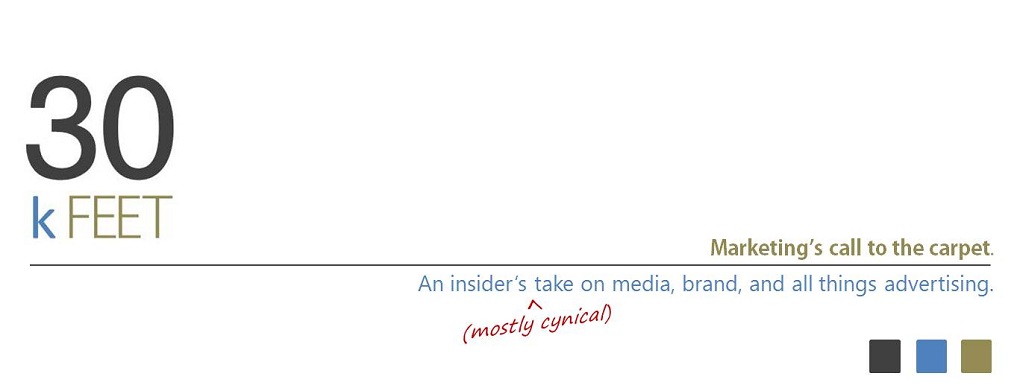Say it ain’t so!
It’s been a while since our last “Facelift Friday” (new logo) feature. I was a little
surprised, as late Q3 typically serves as the high-water mark for logo
revisions.
Just like us humans, brands looking to drop a few pounds or
change up their hair try to do so before the highly-visible hustle and bustle
of the holiday season.
So I decided to go back through my “new logo” Google news
alert (yes, I actually have an alert)
– and realized there were actually quite a few new marks unveiled this summer. Why didn’t I see them before?
No news is good news?
No, in the case of logos, no news means boring
news.
Why when it comes to
re-envisioning brand does it seem companies regardless of shape and size are
suffering from groupthink?
Everyone is opting to simplify; less is more. It’s a phenomena
we attribute in part to the growing need for brands to be scalable – to acquire
an identity that doesn’t lose impact when shrunk-to-fit digital and mobile
platforms.
But does everything
have to possess a blank, spare look?
The prevalence of san serif typefaces, Helvetica(-ish) in particular, have become all
the rage with playing it safe corporate America.
Here are just a few
recent changes:
USA TODAY and Microsoft are perhaps the most drastic
departures from their former selves. But I’m less focused on the before vs.
after of any individual brand and more concerned with the whole.
If you just eye down the left column, you see four different
and distinct brand marks; complex and proprietary shape configurations,
layering, and (at the very least,)
the use of italics.
Whether you like any individual look or not, you still see variety.
Do the same with the right and try not to fall asleep.
Variation is limited to casing, colors, and (in
the most dynamic situations), which universal shape configuration one brand
is going to embrace over another.
Why?
More importantly, how did we get here? I thought
branding was about standing out?
Maybe logo design adaptation and trends follow a trajectory
similar to that of the fashion industry? A few well regarded, successful brands
set the “look” and other brands follow with aspiration.
Think Apple and Starbucks.
In the last few years both have opted for simple flat logos
and sans-serif type; few words paired with a lot of blank space. Can we assume
that with sufficient repetition, this look became synonymous with their hip, always-fresh
success? That as other companies looked to redefine themselves there subconscious
gravitated towards similar visual treatments?
Perhaps.
But I don’t want to
live in a world where creativity is squelched in the name of safe, homogenized
branding!
Branding renegades and trendsetters welcome. :)


No comments:
Post a Comment